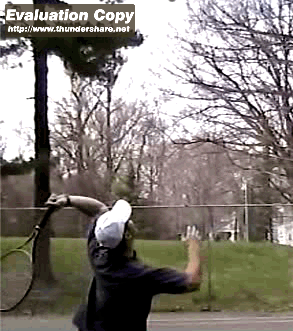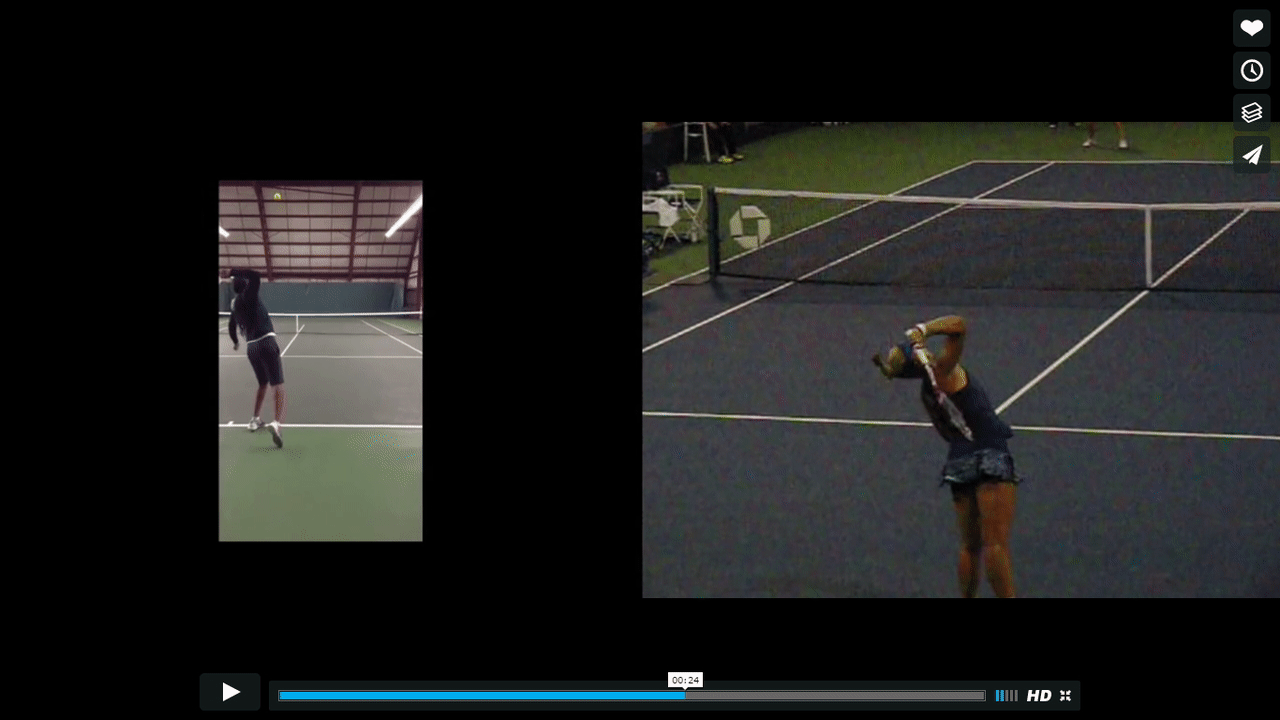Chas Tennis
G.O.A.T.
Roughly 50% of tennis players at the recreational level, say players in the NTRP 3.0 to 4.5 level, use a Waiter's Tray serving technique. Probably most that use the Waiter's Tray don't know that they do. A much smaller percentage use a technique that is like the high level serving technique used in the ATP.
Changing from a Waiter's Tray technique to a high level serving technique is believed to be very difficult after a Waiter's Tray serve has been used for a number of years.
One issue that might be an important is the path of the hitting hand.
The purpose of this thread is to compare the path of the hitting hand for Waiter's Tray Serves and High Level Serves. And especially to assemble some high speed videos that show the differences in the hand paths.
We need players with:
1) with Waiter's Tray serves
2) with high speed video camera
The difference in hand paths may be an important factor for the difficulty in rebuilding a serve once a Waiter's Tray serve is ingrained.
The next post will have some general information on the Waiter's Tray serve and will be updated.
Changing from a Waiter's Tray technique to a high level serving technique is believed to be very difficult after a Waiter's Tray serve has been used for a number of years.
One issue that might be an important is the path of the hitting hand.
The purpose of this thread is to compare the path of the hitting hand for Waiter's Tray Serves and High Level Serves. And especially to assemble some high speed videos that show the differences in the hand paths.
We need players with:
1) with Waiter's Tray serves
2) with high speed video camera
The difference in hand paths may be an important factor for the difficulty in rebuilding a serve once a Waiter's Tray serve is ingrained.
The next post will have some general information on the Waiter's Tray serve and will be updated.













